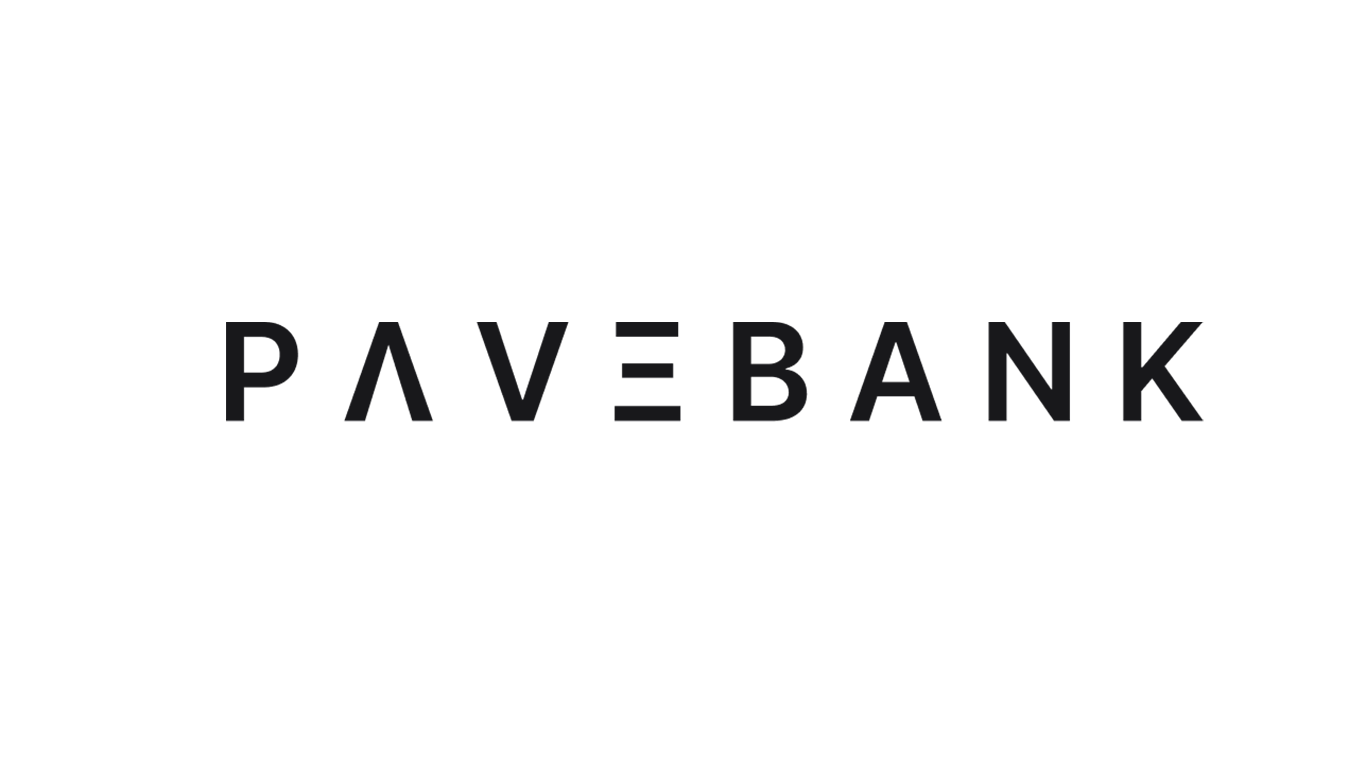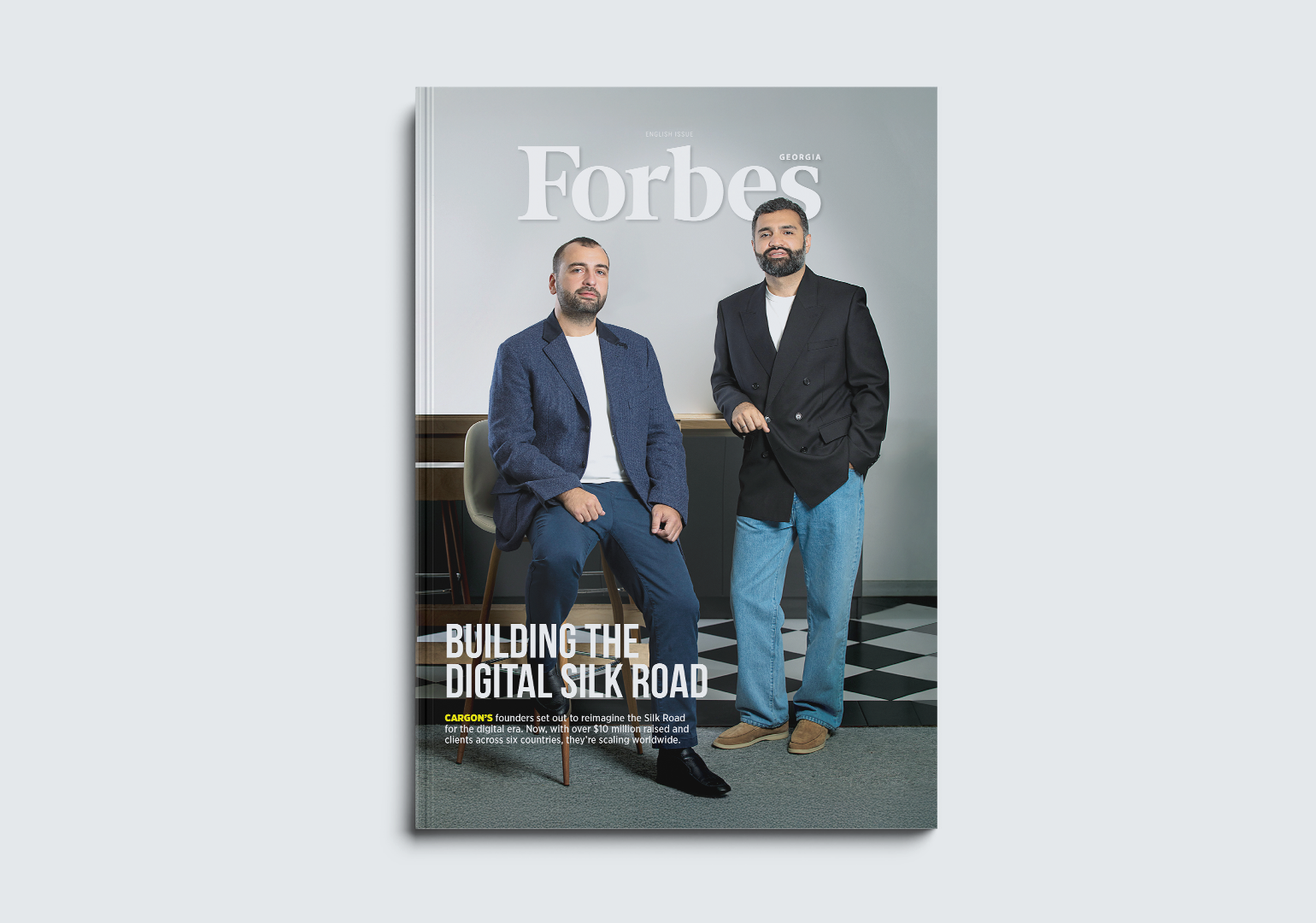Originally published on Gaia Labs.
Growth hacking is misunderstood for a simple reason: its name sucks.
I don’t even care to count how many times I’ve had founders ask me for some growth hacks.
“Growth hacking.” It’s everywhere, right? You see stories of startups hitting jackpot growth overnight, and it’s tempting to think there’s a secret shortcut or hack to replicate that success.
Two common perceptions float around:
- The Life Hack Comparison: Many visualize growth hacking like their favorite life hacks. Turn grapes into wine ice cubes? Sounds fun. Turn a few tricks into sudden startup success? Not so much.
- The Dark Alley Perspective: Then there’s this notion that it’s all about sneaky, shady maneuvers, much like hackers navigating the dark web.
Read my lips: there are no hacks. Stop looking for them. You’ll hack yourself to procrastination.
Growth is a discipline.
Imagine this: a lumberjack, diligently working, hacking away at a tree. Each strike is methodical, aiming for maximum impact. That’s what real growth “hacking” is about – not short-term tricks, but dedicated efforts aimed at growth.
However, even this visualization is flawed. Unlike trees, business growth doesn’t have an endpoint. It’s an ongoing journey.
If we are to cultivate sustainable growth, we must shift our mindset from hacking to discipline. Growth discipline isn’t about guesswork; it’s a systematic endeavor. It’s about:
- Pinpointing impactful opportunities.
- Testing hypotheses.
- Drawing actionable insights.
- Iteratively applying those insights.
The objective? To transcend the boundaries of conventional marketing and infuse growth strategies into product development. This calls for an approach that’s both strategic and scientific – a lifeline for small businesses and budding startups with tight budgets.
To better understand, let’s soak in the wisdom of some of the brightest minds in the startup world:
- “Growth is now a system. It’s a process. It’s a philosophy. Growth is a discipline that can be studied and applied if you have access to the right people and frameworks.” – Hiten Shah
- “The essence of growth lies in looking beyond just marketing; it’s about seizing new product development avenues based on customer behavior or technological advancements.” – Hiten Shah, again.
- “The new-age marketer isn’t just a marketer. They’re part coder, part scientist, part artist. They’re growth hackers who approach the age-old question – ‘How do I attract customers?’ – with tools like A/B tests, viral factors, and a deep understanding of digital ecosystems.” – Andy Chen
To boil it down:
- Growth is more science than luck.
- To truly grow, dive deep into user desires and behaviors.
- Growth is an intersection of marketing and product.
And the heart of all this? Your product. Its value. The growth journey begins and ends there.
Debunking Growth Hacking Myths
The term “growth hacking” itself has been stretched, twisted, and romanticized to the point where it’s lost its core essence and got engulfed in growth myths. Here are a couple:
Myth 1: It’s All About Quick Fixes
- Reality: Growth hacking is a strategic, long-term approach. It’s about identifying opportunities, testing, learning, and iterating—not quick, temporary boosts.
Myth 2: It Involves Unethical Shortcuts
- Reality: Ethical and sustainable growth hacking focuses on creating value for users and leveraging data-driven insights to improve product and marketing strategies.
Myth 3: It’s a Magical One-Off Tactic
- Reality: There’s no magic bullet. Growth hacking involves a series of experiments across product development and marketing to find what works best.
Myth 4: Only Startups Can Do It
- Reality: While popularized by startups, the principles of growth hacking can be applied by businesses of all sizes to foster innovation and growth.
The Need for a Disciplined Approach
- Strategic Planning: Clear goals and a focused strategy are essential. Growth hacking is methodical, not random.
- Continuous Learning: It’s about building a learning organization that iterates based on feedback and data.
- Integration Across Teams: Successful growth hacking requires collaboration between product, marketing, and engineering teams.
By moving past these myths, we can understand that growth hacking is really about building a solid foundation for sustainable growth. It’s systematic, disciplined, and, most importantly, centered around delivering real value to users.
Growth hacking is misunderstood for a simple reason: its name sucks.
The term “hacking” makes you think about those life hacks you keep watching on TikTok but never actually utilizing. It has a “get rich fast” connotation and that’s scary as fuck.
A better term would be “growth iterating” or “growth optimizing,” but neither is as catchy.
So, I’m gonna go ahead and call it a Growth Discipline or just Growth from now on.
Quick Note: The Essence of Growth
Think of it as the evolution from just catching eyes to actually keeping them glued. In the olden days, marketing was all about casting the widest net – getting those eyeballs. Sales then took the baton, trying to turn those glances into hard cash. And product? Well, their job was making sure people didn’t just bounce after the first look.
But here’s the kicker: growth plants its flag right at the crossroads of these three domains.
It’s like being the Swiss Army knife of the business world:
- Drawing Crowds: It’s not just about attracting eyeballs anymore; it’s about finding the right pairs that’ll stick around for the show.
- Sealing the Deal: It helps the sales team not just meet but exceed their targets by bringing in leads that are ready to sign on the dotted line.
- Meeting Needs: It ensures the product isn’t just good; it’s what people have been searching for all along.
- Clearing Hurdles: Growth is about identifying those pesky roadblocks to your company’s next level and systematically removing them.
- Building Systems: It’s about putting in place the mechanisms that make scaling up seem as smooth as butter.
Growth isn’t about pulling a rabbit out of a hat. It’s grounded in a scientific approach that requires a deep understanding of your users – what they want, how they behave, and what makes them tick. It’s a team sport, needing a huddle between marketing brains and product geniuses because, at the end of the day, your product’s value is what fuels growth.
A startup can only shoot for the stars if its customers find real value in its offerings.
Sustainable Growth over Quick Wins
Beyond Tactic Hunting
- Long-term Vision: Sustainable growth requires a strategy that looks beyond the immediate horizon. It’s about building a resilient business, not just a series of temporary spikes in user acquisition or engagement.
- Systematic Process: Instead of jumping from one tactic to another, a structured approach to testing, learning, and iterating allows for more predictable and steady growth.
Product-Market Fit: The Cornerstone
- Defining Product-Market Fit: At the core of sustainable growth is product-market fit—creating a product that solves a real problem for a significant number of people. Without it, no amount of growth hacking will lead to long-term success.
- The Role of Feedback and Data: Achieving and maintaining product-market fit requires ongoing dialogue with your users and a keen eye on performance metrics. It’s about iterating on your product based on real-world usage and feedback.
- Alignment with User Needs: The better your product fits the market, the more naturally growth will occur. Users become advocates, churn decreases, and acquisition costs drop.
Building on Solid Ground
- Focus on Value Creation: Sustainable growth is built on creating genuine value for users. This means understanding their needs deeply and continuously enhancing your product to meet those needs better.
- Integration Across Functions: Achieving sustainable growth and product-market fit isn’t just a job for the product team. Marketing, sales, customer support, and engineering all play integral roles in understanding and delivering on user expectations.
Moving away from the allure of quick wins to focus on sustainable growth and product-market fit doesn’t mean sacrificing agility or the innovative spirit that characterizes growth hacking. Instead, it means aligning those efforts with a strategy that ensures the long-term health and success of your business. By focusing on creating a product that users love and can’t do without, you lay the groundwork for growth that is not only impressive but lasting.
To that we have something called an AARRR framework. Sounds like a pirate noise, I know, but it stands for:
- Acquisition: how you find new people who need your product?
- Activation: how do you help you users see the value in your product?
- Retention: how do you make sure the users don’t leave?
- Referral: how do you incentivize your users to bring in more people like them?
- Revenue: how do you generate money from all this?
Together these 5 pillars make up what we call a Growth Engine. In the next article we’re going to break each point down.
So, stay tuned.

Misho Zghuladze
Co-founder & Growth Lead at Kernel












